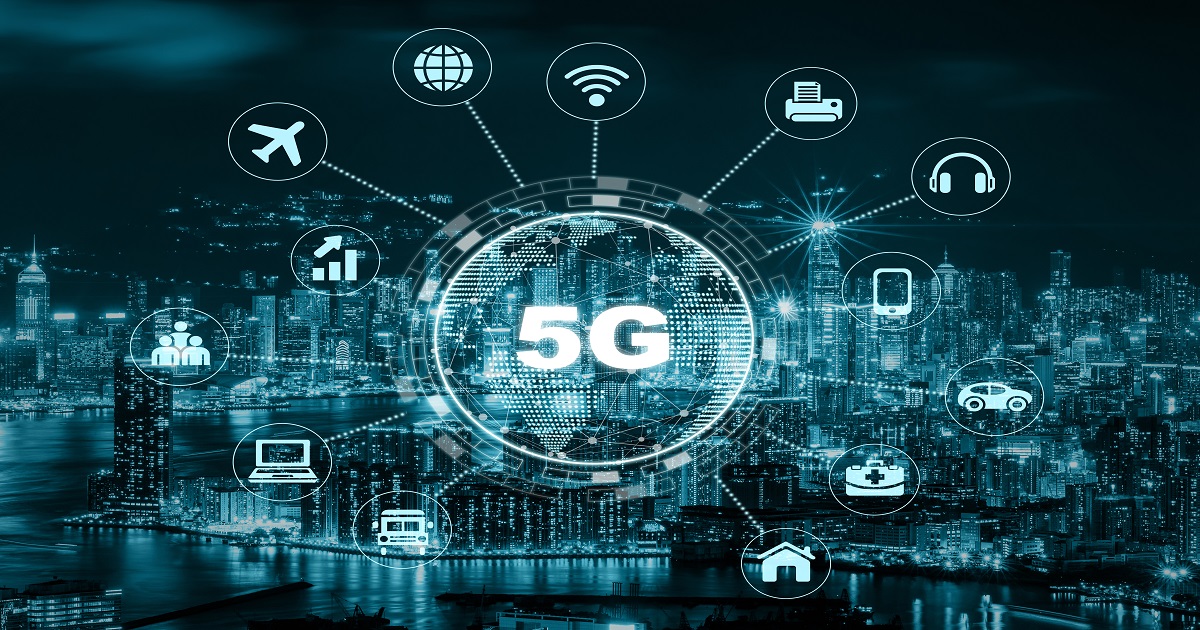
The COVID-19 pandemic has brought unprecedented change to nearly every industry globally in recent months. During this time, many organizations have had to work in ways they hadn’t before. Whether that is taking increased precautions to protect their employees’ health or addressing unique community needs, businesses around the world are putting emergency response plans in place that require secure and reliable connectivity in new and unusual places.
The need for reliable connectivity goes way beyond just the office or remote work. In fact, it is a crucial and necessary need for a wide variety of groups working on the front lines. Effective COVID-19 response requires LTE and cellular networks optimized for speed, simplicity, scale, and security. These life-saving networks power pop-up medical testing stations, school buses serving as Wi-Fi hotspots for online learning in under-connected neighborhoods, telemedicine that reliably connects at-home doctors to patients, and more.
Simply put, the on-site networks that support enterprises and federal, state, and local emergency responders combating the pandemic are as life-saving as the medical testing, diagnostic, and treatment systems they support. There is no time to stall during a crisis, and traditional networking solutions use outdated hardware, are slow to deploy and require niche expertise to build and manage. Simply put, they are no match for the urgency of emergency response use cases.
Additionally, secure data connectivity and networking are essential to effective emergency response - the rapid escalation in the number and types of response initiatives requires different approaches. This is where “Speed, Simplicity, Scalability, and Security” come in. These crucial elements of effective emergency networking are necessary for responding to crises requiring network connectivity.
Speed
With the unpredictable nature of a pandemic, the speed in which emergency networks need to be effectively deployed is imperative. Keeping up with the rate of a virus is a daunting task but one that is necessary in order to provide those working on the frontline with the connectivity they need. Reducing deployment cycles from months or days to just hours requires WAN connectivity that is fast, flexible, and persuasive. For this reason, 4G LTE cellular is critical in terms of connecting emergency responders and those in need quickly. Anywhere you can get a signal on your mobile phone, you can deploy a cellular-enabled network.
Simplicity
While first responders and healthcare organizations have to mobilize quickly to provide aid to those in need, network complexity requires time and expertise that is in short supply during a crisis. These networks can be simplified by consolidating various and multiple technologies into one single platform, such as a single wireless router, and then managed by a single cloud interface. This then allows response and operational teams to swiftly stand up on-site networks in nearly minutes with needing technical support on hand.
Scalability
Not only do emergency networks require quick deployment; they often need broad deployment to hundreds or even thousands of locations at a time. While the simplicity of an all-in-one wireless router is essential, the configuration and deployment workflows also need to be scalable so untrained personnel on location need to only provide power to make the network operational.
Security
Emergency response environments often are in uncontrolled areas and targeted by nefarious actors — making HIPAA and FIPS compliant security an imperative. The speed of deployment cannot come at the cost of security. Utilizing enterprise-call network security for wireless routers that can be centrally monitored and managed from anywhere gives those relying on the network the comfort of knowing their data and their patients’ data is safe.
Ultimately, relying on these four elements of network connectivity during a crisis will help a myriad of first responders and those in need connect to secure internet access -- which can make all of the difference as we combat COVID-19 head-on.
The current crisis at hand will inevitably change the way education, healthcare, and emergency response industries rely on and handle wireless technology in the future. Now more than ever before, connectivity has proven to be a staple in our world, bringing resources that can help in the fight against COVID to our front door that was not there originally. We can expect to see wireless transformations in various industries across the globe following the pandemic, as businesses and organizations realize how crucial it is to have a connectivity emergency plan in place.
Edited by
Ken Briodagh





